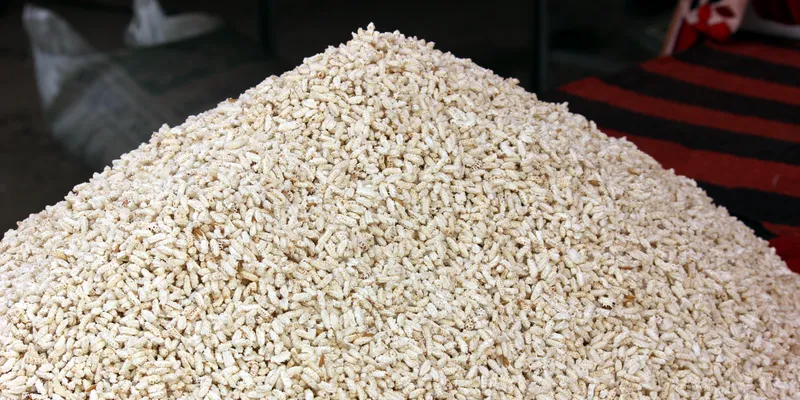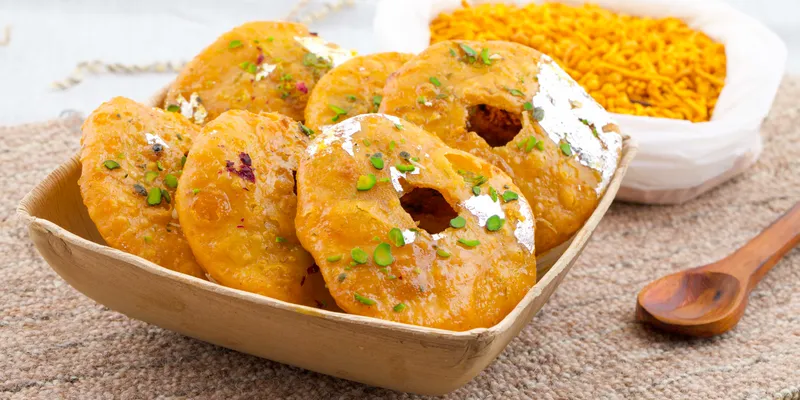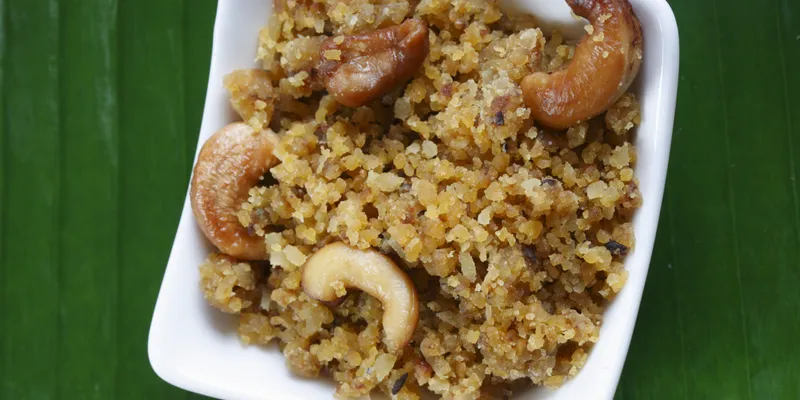Seven must-try Diwali sweets you will not find in most shops
Indulge in these diverse regional sweets from different parts of India to celebrate Diwali with a twist.
Diwali or the 'festival of lights' is much-awaited every year, for it celebrates the spirit of community like no other. It is the time of the year when friends and families get together to let their hair down over card parties and elaborate feasts!
There's also lighting diyas and making exquisite rangolis, apart from other rituals. But it's food, as always, that takes centre stage with a variety of savouries and sweets being relished by people across the country.
Mithais or sweets like kaju ki katli, gulab jamun, soan papdi, or boondi ke ladoo fly off the shelves in no time. After all, it's the season to indulge without counting calories.
However, India has a lot more Diwali treats to offer than what’s available in stores. YS Life lists a few.
Kheel Batasha (North India)
Kheel or puffed rice, and batasha (Indian sugar candies) form an integral part of the prasad (food offerings to God) at pujas in North Indian households.
Puffed rice is often made by cooking rice kernels at high temperatures with salt, while batasha is fried and made from sugar syrup that has been crystallised.

Kheel, along with batasha, form an integral part of the prasad during pujas in North Indian households
Kheel is made from paddy, a major grain in India that is harvested during this season. On Diwali, this mixture is offered to Goddess Lakshmi and Lord Kuber as a mark of respect and to seek blessings for prosperity, success and good health.
Mawa Kachori (Rajasthan)
The land of Rajasthan is much known for its pyaaz ki kachori, but there's also a sweet variant that is savoured during Diwali or other festivals and weddings. Known as mawa kachori, it is filled with mawa (dried milk) and dry fruits, and then coated with cardamom powder, before it is dipped in a sugar syrup and fried until it turns golden brown.

Rajasthan's mawa kachori
Many confuse this sweet with gujiyas that are served on Holi. However, these kachoris have a thinner outer layer. While these kachoris are a staple in Rajasthani households, they are mostly popular in Jodhpur.
Chironji ki Barfi (Madhya Pradesh)
Chironji or chiraunji (cuddapah almond) seeds have a creamy texture and are often used to improve gut health, tackle respiratory ailments and enhance libido.
But did you know when mixed with khoya and sugar, it can turn into one of the most delicious sweet treats? Yes, that's probably why the people of Madhya Pradesh swear by it!
The addition of chironji gives this sweet a rich brown colour. It's doused in ghee and may be a little heavy for the tummy, but trust us, it's worth all the calories!
Teepi Gavvalu (Andhra Pradesh)
In Andhra Pradesh, the locals await the festive season to indulge in teepi gavvalu that translates into 'sweet shells'. The dough is moulded in the shape of little shells and flattened and rolled to take the shape of gavvalu or cowrie shells.

Andhra Pradesh's teepi gavvalu
Once done, these are fried in oil or ghee until they turn golden brown and crispy. These shells are then dunked in a sugar or jaggery syrup, before serving.
Anarsa (Maharashtra)
Just like other states, Maharashtra has its own traditional Diwali sweet–Anarsa. Made with a dough of powdered rice flour and jaggery, it is carefully shaped into a disc and coated with poppy seeds before deep-frying it. Its crunchy taste and subtle sweetness make it a popular festive treat, making it an integral part of the faral or snacks that are served to visitors during the festive season.
The anarsa or the rice-based biscuit is offered to Goddess Lakshmi to seek her blessings for good fortune and prosperity.
In some households, banana flour is used instead of rice flour. The Bihari version of anarsa is rounder than the one that is served in Maharashtra.
Legiyam (Tamil Nadu)
This one has a unique twist to it! Legiyam or marundhu that translates into medicine, is a Diwali speciality that tries to dilute the effects of all the rich food consumed during the festive season.
Some call it a sweet version of the chyawanprash that generally contains carom seeds, dried long pepper, liquorice root, dry ginger, dates, grapes, ghee and jaggery, among other ingredients.
Many people prepare it much in advance and have a spoonful every single day to combat bloating during Diwali. However, it's important to exercise caution and refrain from having large quantities as it may have an adverse reaction like an upset stomach or skin allergies.
Ukkarai (Tamil Nadu)
Characterised by its crumbly texture, ukkarai is a sweet treat that makes use of Bengal gram and moong lentils that are coarsely ground and then steamed.

Some prefer adding cashew nuts to Ukkarai for that extra crunch
The entrepreneur duo behind Uncle Peter’s Pancakes spill the secret behind selling 5,000 pancakes every day
This mixture is then crumbled and cooked in a jaggery syrup flavoured with cardamom and a little ghee. Some also prefer to add cashew nuts for that extra crunch. Making ukkarai is a time- consuming process and requires constant stirring to achieve the right texture. Some temples also offer it as prasad.
(All images are sourced from Shutterstock)
Edited by Affirunisa Kankudti







